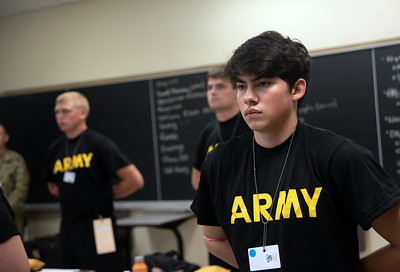The pandemic forced virtually all colleges and universities to deliver instruction online. At the time, there were few other options. Eighteen months down the road, the research on the effects of online learning is piling up. It confirms what any college student will tell you: online learning ain’t all that.
Specifically, research shows that students in online classes perform worse than students in classrooms do. The weaker the student is academically at the beginning of a class, the worse the impact is. And because online learning can be such a dismal experience for students, it leads to lower course completion rates.
But other than that, it’s meh.
College students complain about the increased costs of what they perceive (and the research confirms) is a lower quality product. It’s easy to understand why. Why should students pay a premium for lower quality instruction that fails to prepare them adequately for future classes? Or instruction that fails to build the skills the students want or need as part of a degree program?
The rationale for the upcharge is usually that the College must provide additional infrastructure to support this kind of learning. The reality is that the College provides this infrastructure to reach out-of-district students. These students pay more money to attend classes. (They’re worth more than the average local student.) Unfortunately, reaching students around the world is not the mission of the college. Reaching students in the district is.
Taxpayers should ask why Washtenaw Community College seeks out-of-district students when there are in-district students it doesn’t reach now? Second, students from low-income households often lack the resources to participate effectively in online learning. Resources could be devices, course materials, Internet connectivity, or space at home to participate in classes.
With variables controlled, online learning still sucks
The research is interesting. One study involved students at West Point. While virtually all other post-secondary schools moved to virtual instruction, West Point took a different approach. The school randomly assigned students to complete classes either online or in person. The professors taught both in-person and online sections of the same courses. They used the same materials in both formats, issued the same assignments and gave the same tests. Everything was literally the same in both sections, except the delivery format. The results: the online students’ performance was two standard deviations lower than that of the students who sat in the classrooms. Online students reported having trouble concentrating on their classwork and making connections with other students and their instructors.
Online learning is, at best, a defective substitute for in-person learning. It should not be offered as a comparable experience for students because it is not. WCC should not charge higher tuition for an inferior product simply because the inferior product costs more to produce.
And in the context of education as a public benefit, what is the public benefit of offering demonstrably compromised instruction? It doesn’t help the students, employers or the community, so why do it?
If nothing else, the research underscores the need to get back to in-person learning as quickly as possible. Right now, the only way to do that safely is to mandate vaccinations for all persons on campus. Doing anything less is irresponsible.
Photo Credit: West Point US Military Academy , via Flickr































